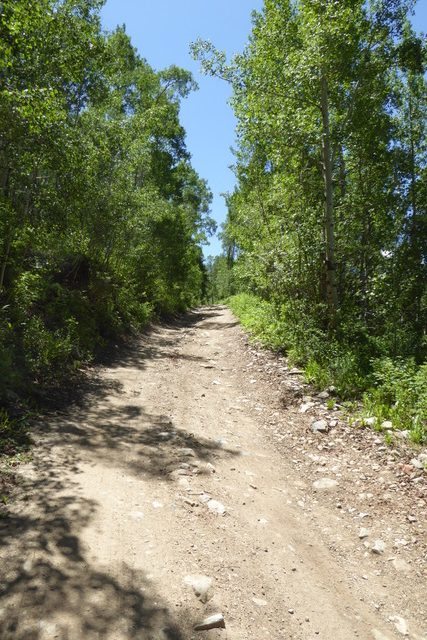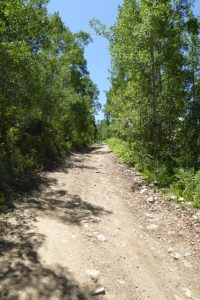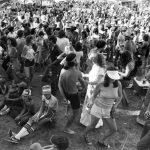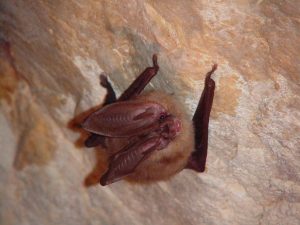Willoughby: Ode to aspens

Tim Willoughby/Courtesy photo
Fall color in Maine is spectacular. Standing under a 1,000-year-old, 300-foot-tall California redwood is awesome. Year-round, Aspen’s aspens, at least to this native, provide the most gratifying foliage.
Even without leaves, in a light snowstorm with flakes floating between white trunks and branches, an aspen grove provides enjoyable solitude. When the new leaves magically appear in the spring with their unique shape and perfect shade of green, we want to get as close to the trees as possible to fathom every detail. The tree sea of aspens swaying together in a summer breeze before a pending rain entertains, and after the storm, we enjoy the forest’s unique fragrance. As the leaves begin falling in the fall, the aspen groves remind us that winter is coming — but with the unique intense sky contrasting with the “golden” color of the leaves we all wish we were artists who could capture the pallet of colors.
Like me, you have likely explored a variety of aspen groves and noticed that there is a variety. It may be altitude, sun exposure, or just longevity, but some groves have very thick trunks and others much smaller diameters, as well as the distance between trees. It seems to me that the aspens on the northeast side of Sopris are much thicker than aspens close to Aspen. Groves I have seen in southern Colorado seem to have larger trunks, which is maybe why that is where they are harvested and turned into matchsticks.
Traveling in Montana, I discovered a business selling aspen flooring; the boards were wider than most of the Aspen aspens. I made a separate trip to haul home enough to cover my bedroom floor, and with leftovers, I built a bedstead and laminated, with other wood, the closet doors. Wow, it was a lighter color than maple, but also softer, more prone to scratches. But as an aspen devotee, I delighted every time I walked over it.
The naming of Aspen has always fascinated me because the streets laid out by the founders covered the flat glacial valley that did not have aspens on it. The only aspen grove on the Aspen Mountain side of the valley in 1879 was where the cemetery is, but that section was filed by a different group of partners and named Ute City. It would have been more appropriate to name Ashcroft Aspen since it has more aspens.
Aspen Mountain has plenty of aspens, but the town side in the mining era before they logged it for cabins and tunnel timber was pine, not aspen. Thank you, B. Clark Wheeler, (We don’t know exactly who, but he laid out the town) for naming the town Aspen. In the Eastern Sierra there is a town called Big Pine, a name like that just wouldn’t resonate for Aspen.
You may have a favorite aspen grove, and I doubt that one could argue that one is better — one of those “eye of the beholder” discussions. That said, I do have two favorite aspen groves.
The first is the first one I spent much time in, the one at Ute Cemetery. It was a short walk from my home in the Cowenhoven building. At that time, the Glory Hole was still a hole, Aspen’s streets were not paved, and there were no condos anywhere. It is not a large grove, but to a child, it was. Deep in my memory bank: the quiet compared to Galena Street, and just before summer rains, the rustling of leaves as the wind increased.
As an adult, the aspen grove above Ashcroft is a favorite. Hiking up the Taylor Pass road lined with aspens is enjoyable any season. You also learn that an aspen grove is finite, as with elevations, the trees turn from aspens to pines. My other deep memory is being in the thick of the aspens, while at the same time, part way up the road, being able to see the aspen groves across the valley — leaf and bark detail close at hand, a sea of grove green in the distance. And, that aspen fragrance!!!
Tim Willoughby’s family story parallels Aspen’s. He began sharing folklore while teaching at Aspen Country Day School and Colorado Mountain College. Now a tourist in his native town, he views it with historical perspective. Reach him at redmtn2@comcast.net.
Bat tests positive for rabies after biting woman near Aspen’s Weller Lake
Pitkin County has confirmed a bat that bit a person near the Weller Lake parking lot up Independence Pass has tested positive for rabies, the fourth confirmed county case in the last eight years and the first positive case since 2023.









